Contact Details
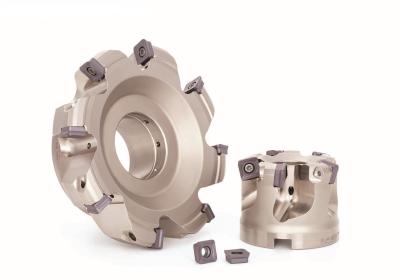
Tungaloy Corp. offers MillQuadFeed, a new high-feed milling cutter. With a depth of cut up to 0.098” (2.5mm) and a feed rate up to 0.078” (2.0mm) per tooth, MillQuadFeed accomplishes astounding metal-removal rates in rough milling operation, according to the company.
During heavy rough milling, insert lift up and cutting edge fracture are common causes for premature tool failures. However, due to the MillQuadFeed’s design, such as rigid insert clamping system, the unique wavy cutting edge design, and the large T-land on the cutting edge, superior machining stability and fracture resistance are achieved. The multiangle flank side of the insert will reduce chatter and provide superior ramping capability, making this cutter an excellent milling tool for various roughing applications.
Cutter diameters are available from 2.50” to 6.00” (and in metric sizes from 50mm to 160mm) in bore type; and inserts in SWMT1506–MJ. Two grades are available: fracture resistant AH3135 for steel and stainless steel; and wear resistant AH120 for cast iron and hardened steel.
Related Glossary Terms
- chatter
chatter
Condition of vibration involving the machine, workpiece and cutting tool. Once this condition arises, it is often self-sustaining until the problem is corrected. Chatter can be identified when lines or grooves appear at regular intervals in the workpiece. These lines or grooves are caused by the teeth of the cutter as they vibrate in and out of the workpiece and their spacing depends on the frequency of vibration.
- depth of cut
depth of cut
Distance between the bottom of the cut and the uncut surface of the workpiece, measured in a direction at right angles to the machined surface of the workpiece.
- feed
feed
Rate of change of position of the tool as a whole, relative to the workpiece while cutting.
- gang cutting ( milling)
gang cutting ( milling)
Machining with several cutters mounted on a single arbor, generally for simultaneous cutting.
- milling
milling
Machining operation in which metal or other material is removed by applying power to a rotating cutter. In vertical milling, the cutting tool is mounted vertically on the spindle. In horizontal milling, the cutting tool is mounted horizontally, either directly on the spindle or on an arbor. Horizontal milling is further broken down into conventional milling, where the cutter rotates opposite the direction of feed, or “up” into the workpiece; and climb milling, where the cutter rotates in the direction of feed, or “down” into the workpiece. Milling operations include plane or surface milling, endmilling, facemilling, angle milling, form milling and profiling.
- milling cutter
milling cutter
Loosely, any milling tool. Horizontal cutters take the form of plain milling cutters, plain spiral-tooth cutters, helical cutters, side-milling cutters, staggered-tooth side-milling cutters, facemilling cutters, angular cutters, double-angle cutters, convex and concave form-milling cutters, straddle-sprocket cutters, spur-gear cutters, corner-rounding cutters and slitting saws. Vertical cutters use shank-mounted cutting tools, including endmills, T-slot cutters, Woodruff keyseat cutters and dovetail cutters; these may also be used on horizontal mills. See milling.

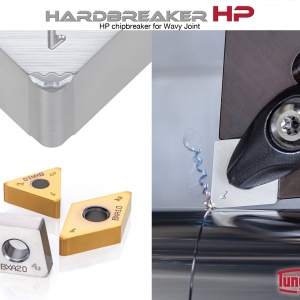
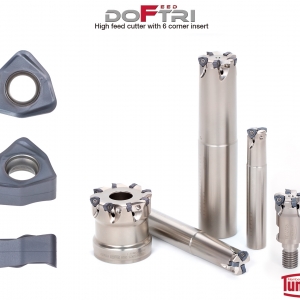
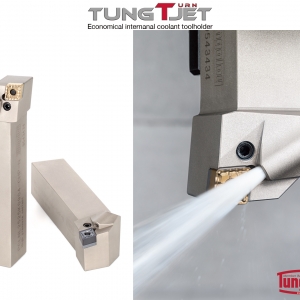
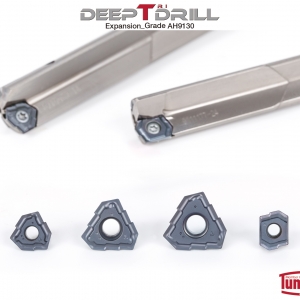
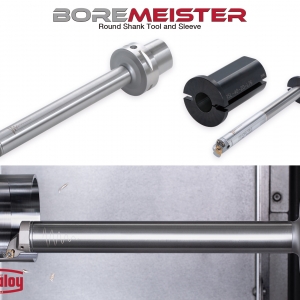
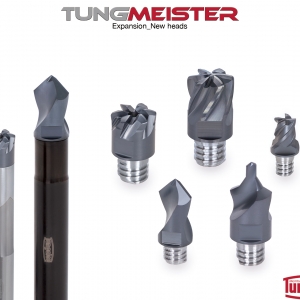
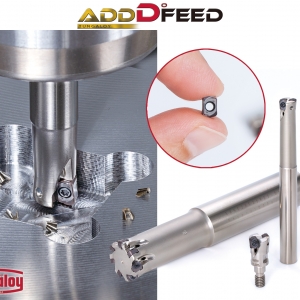
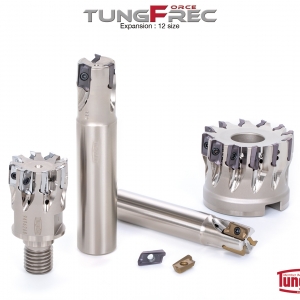

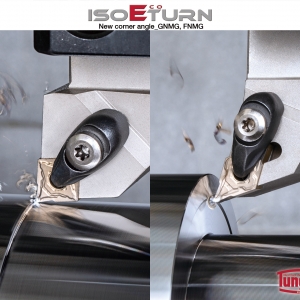
 PRODUCTS
PRODUCTS

